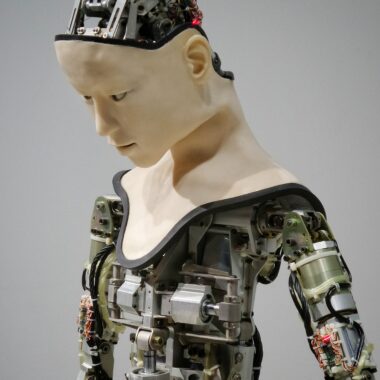| Patenting Of New Use Inventions |
|
The United States patent law agrees to patents to be granted for any new and useful process, machine, manufacture, or composition of matter, or any new and useful improvement thereof, under the U.S.C. section 101. The term process is defined as process, art, or method, and includes a new use of a known process, machine, manufacture, composition of matter, or material under the (U.S.C. section 100). Therefore, a new use is a process of using an object or composition, which comprises stagess in the process. If the new character of the use exists solely in the use of an old thing for a new purpose, the new use has to be tested for patentability on the basis of obviuousness. The novelty element of a process stage may also reside in the material being tested as well as in the natural characteristic of the treatment step itself. Certainly, if the material being used in a new mode is new by itself, the new use may be patentable for that special reason. An example of a new use claim is : The process of (performing something) comprising: administering (a composition X) to the body (or object) in question. (The reader will see that the claim quoted in the above article is also a new use claim.) Note that such claims are infringed by practicing the claimed process, not by selling the composition, with the assumption that the used composition or apparatus has other (previous) uses. Establishing such claims is tough because it is the customer at the end who is likely to be the direct infringer. Suing each of the customers is not practical, and nobody who wants to sue a potential customer As a matter of fact, even though the above definitions have been around for years, whether new use inventions can be claimed using composition or apparatus claim structure is still controversial. A composition claim in the form an improved growth stimulating composition for animals which comprises: an animal feed and an effective amount of (previously existing compositions) contained therein for growth simulation has been agreed to. Some court decisions have held that, as long as there is any change in the structure of the invention, patentability can reside in the realization of the non-obvious new use in the new article, with claims being directed to the article. Certainly, the sole purpose of the claim drafing person is always to get as many forms of claims allowed as possible. So, it is reasonable to claim a new use invention in as many of the following ways as the prior art will allow: There is USPTO rule that states that “the discovery of a new property or use of a previously known composition, even when that property and use are unobvious from prior art, cannot impart patentability to claims to the known composition.” So, in some cases, reliance on method claims, which can be much more difficult to enforce, is your only option. |




